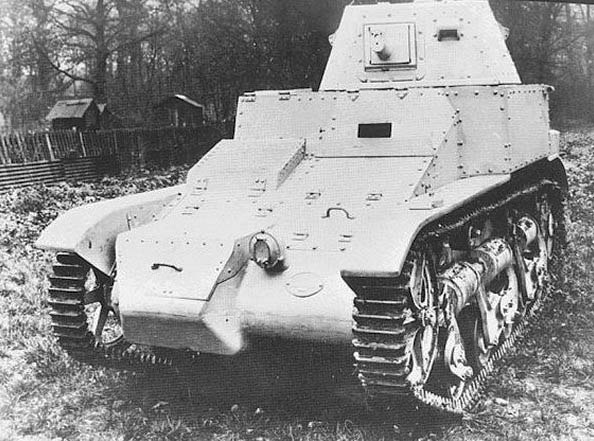
The Renault ZB was an experimental development of the Renault AMR 33 / AMR 35 two-man cavalry tanks which featured an improved suspension system and lengthened chassis. By early 1934, the French military had realized that the original suspension system utilized on the AMR 33 was prone to malfunctions while travelling cross-country due to its weak design. To rectify this problem, Renault designers were given the order to design a more reliable and versatile suspension to be used in future production tanks. Three different suspension types were developed and tested on an AMR 35 (chassis no.79758), with the first being a design featuring the idler positioned on the ground, the second being a design featuring two bogies and five road wheels, and the third being a design featuring one bogie and four road wheels. The first design was deemed unfit for use, and was rejected. The second suspension type (which, while mounted was known as the ZB within the Renault company), but was rejected for service with the French army. However, the suspension type was later further developed and utilized on the Renault R 35. The third suspension while mounted was known as the Renault ZT and was accepted for use with the French and would see production on the AMR 35. Although the Renault ZB was rejected by the French for service, the type would see a limited production run of sixteen vehicles intended for export to the Republic of China and the Yunnanese Provincial Government.
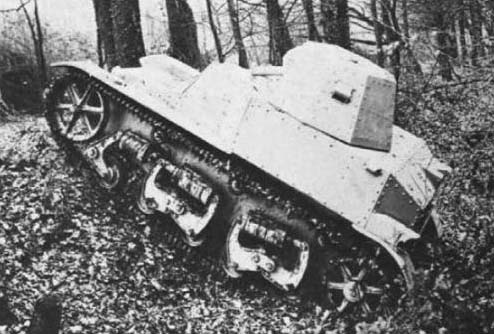
France had been a supplier of arms to China since the end of WWI, providing small arms, infantry equipment, aircraft and tanks to various warring Chinese factions. The sale of Renault FT tanks to Zhang Zuolin’s Fengxi Clique had been an important landmark in Chinese military history, being the first tanks to enter service with the Chinese. Many different types of tractors, armoured cars, and tanks would also later be sold to the Chinese prior to WWII by various states. Nonetheless, the Renault company had advertised their Renault ZB to the overseas arms market and caught the attention of the Chinese Kuomintang (Nationalist) government, and Long Yun, the governor of the Yunnan Provincial Government. In March of 1936, an order for twelve units was placed by the Kuomintang government with the requirement that half of the tanks be armed with Hotchkiss 13.2mm modèle 1929 heavy machine guns while the other half be armed with Puteaux 37mm SA-18 cannons.

All photos showing the cannon-armed Renault ZB tanks show what appears to be either the Czechoslovakian Škoda 47mm KPUV vz. 36 or the French Schneider 47mm Mle 1936 cannon mounted. According to “抗日战争中国军队坦克装甲车辆图鉴”, this was due to the Kuomintang government deciding that the Puteaux 37mm SA-18 cannons lacked sufficient firepower, so they requested that the Renault refit all the ZB tanks with a Czechoslovakian 47mm cannon. Due to the similarities between the French and Czechoslovakian cannons, it is hard to determine which one the tanks were armed with for sure. However, it is worth noting that there are Chinese sources backing up the Czechoslovakian cannon claim. Nonetheless, the mounting of 47mm cannons is contradicted by the memoirs of Hu Xianqun (胡献群) who at one point served as the commander of the Eleventh Army’s Armored Regiment (第十一军装甲兵团). He recalls that the Renault ZB used French 37mm cannons, but this is not supported by photographic evidence. It is probable that Hu simply made an error and misremembered, as is common with such oral histories. Still, photos of cannon-armed Renault ZB tanks only shows what appears to be longer 47mm cannons. Furthermore, it is worth noting that wartime photos of the Renault ZB tanks show that some examples had their armaments converted to smaller calibre machine guns. This was possibly due to ammunition or part shorages, or it was more logistically viable to swap out the larger Hotchkiss machine gun.
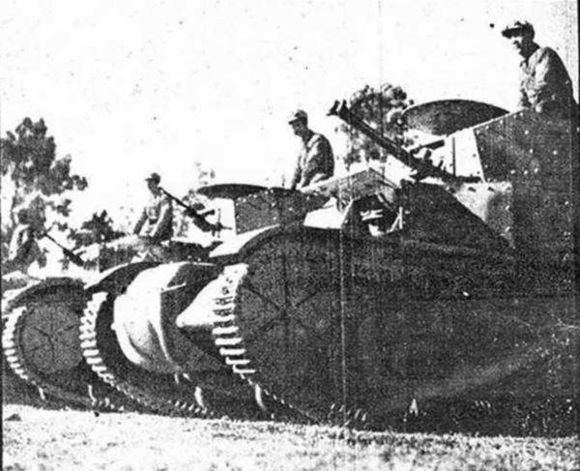
The decision to purchase French arms rather than from the Germans during the era of Sino-German Cooperation was likely due to Chinese frustration from the Germans being unable to fulfill their demands for tanks. For example, the Chinese had intended to order one hundred and twenty examples of the Panzerkampfwagen I ausf. A tanks from Germany, but only fourteen examples ended up being received by the Chinese. Nonetheless, along with the order for twelve Renault ZB tanks, the Kuomintang had also ordered three thousand armour-piercing rounds, one thousand five hundred high-explosive rounds, one thousand five hundred high-explosive tracer rounds, three hundred practice / training rounds and ten Renault UE tractors. According to an unnamed Kuomintang veteran who served as a tanker, the Renault ZB tanks were sometimes referred to as the “French-made 3½ ton Renault Tank” (“法制三吨半重雷诺战车”).
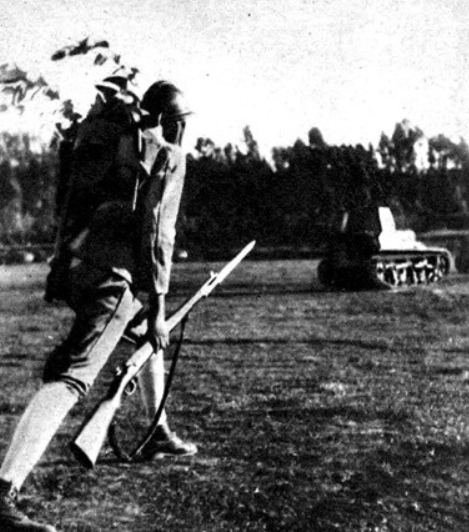
Within the same year, the Yunnanese Provincial Government had also placed an order for four Renault ZB tanks, all armed with the Hotchkiss 13.2mm modèle 1929 heavy machine guns. By 1938, all sixteen Renault ZB tanks were transported to Haiphong in French Indochina along with ten Renault UE tractors for delivery to the Chinese. Fortunately for the Yunnanese, their four Renault ZB tanks were delivered in October and integrated into Yunnanese Armored Corps (滇军装甲部队). As for the Kuomintang’s twelve tanks, the French government was under pressure by the Japanese government and prevented the immediate handover of the tanks. It would not be until 1940 that all the Renault ZB tanks were finally handed over to the Chinese. Two examples were delivered in February and eight in June, both via Rangoon. This would leave two units unaccounted for. Modern Chinese literature suggests that all twelve Renault ZB tanks were delivered, with the two unaccounted units possibly delivered at a later date.
All of the Renault ZB tanks delivered had the standard factory-applied French four-tone style camouflage. In terms of markings, both Kuomintang and Yunnanese Renault ZB tanks had the Nationalist “Blue Sky with White Sun” emblem applied on the chassis’ engine hatch on the left and on the lower glacias on the left side. The Kuomintang applied tactical numbers markings for all their tanks, painting on both sides of the chassis. The tactical markings of the Kuomintang Renault ZB tanks ranged from “101” to “112”. The Yunnanese Armored Corps also applied tactical markings to their four Renault ZB tanks, but differed slightly from that of the Kuomintang. One known example of a marking applied on Yunnanese ZB tanks was “H130”, which was also applied to the lower glacis. The other markings for Yunnanese ZB tanks are unknown, but they logically would have also utilized the “H” markings.
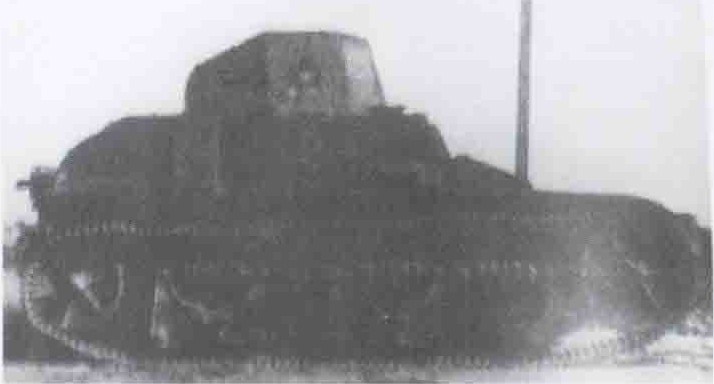
By the end of 1940, all twelve Kuomintang-purchased Renault ZB tanks were allotted to the First Armored Regiment. In 1942, they accompanied the mechanized 200th Division (also known as the Fifth Army) as part of the Chinese Expeditionary Force and entered Burma. Much of the Renault ZB’s combat history in Burma remains unclear, but it seems that all twelve units were destroyed or abandoned by the time the Second Sino-Japanese War had ended. The Yunnanese though, still had all four of their Hotchkiss-armed ZB tanks which seemed to have seen no combat action during the war but were used for training exercises. With the Nationalist’s annexation of the Yunnan province in October following the “Kunming Incident”, Long Yun lost his position as de facto ruler of the Yunnan province and all his military assets were confiscated by the Kuomintang. The four Yunnanese Renault ZB tanks were assigned to an armoured unit under the jurisdiction of the Kunming Anti-Air Command Region where they most likely had served in a defensive guard capacity. It would appear that the Renault ZB would see combat for the last time in the Chinese Civil War, where one Renault ZB was reported to have been used in January of 1947 by the Kuomintang in combat. At least one example was captured by the Communist People’s Liberation Army. The gun was removed from the tank likely when the crew abandoned it, probably to prevent the Communist forces from capturing it. The rest were likely all destroyed in combat or scrapped, thus ending the Renault ZB’s service in China.
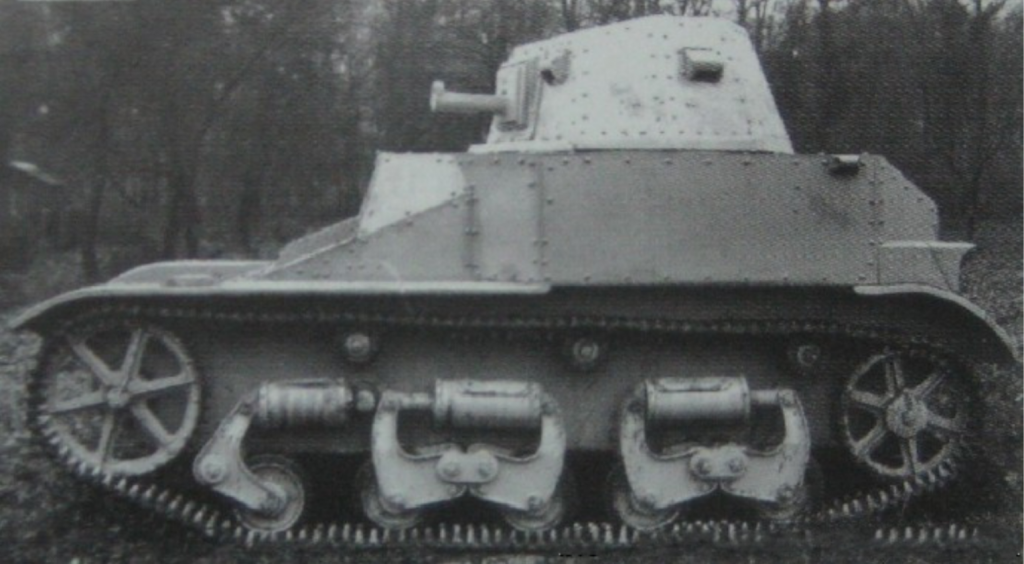
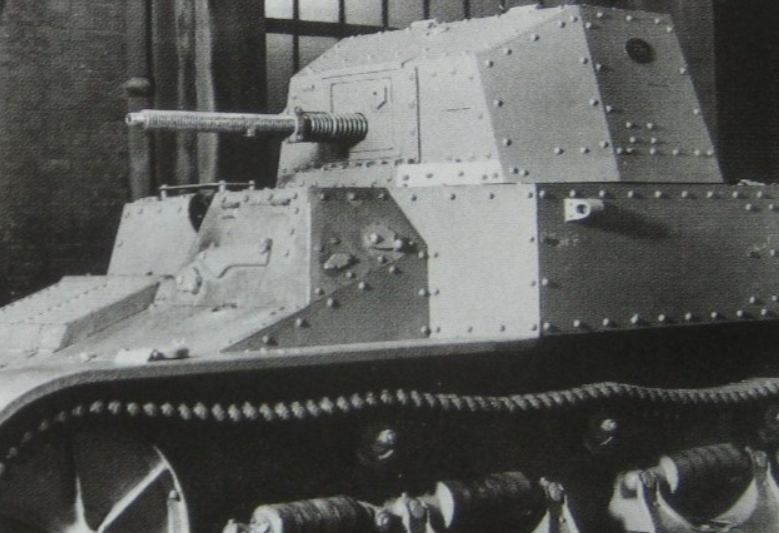
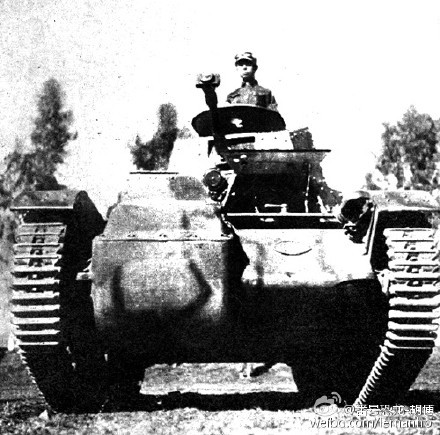
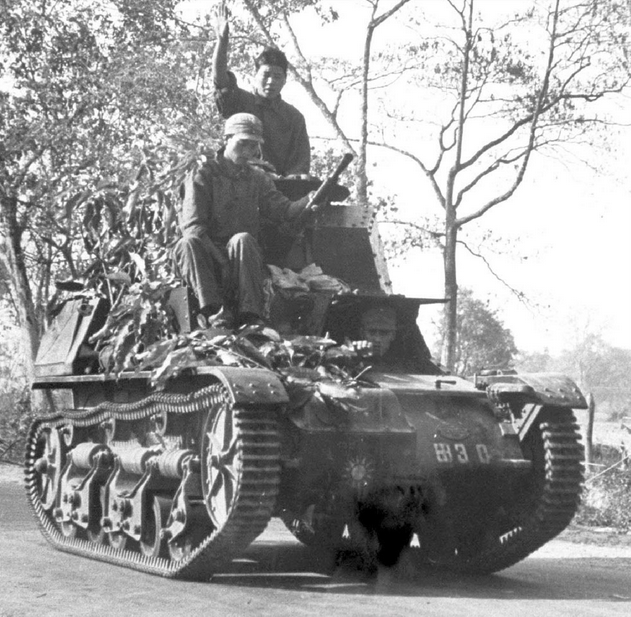
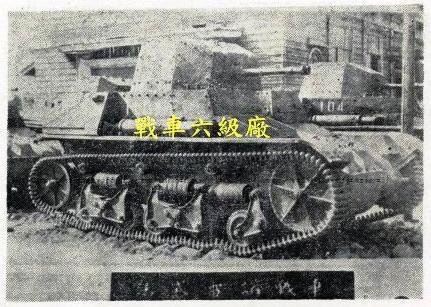
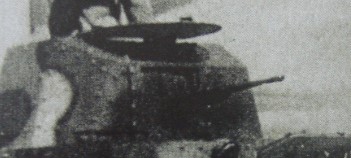


Thanks meant for giving these sort of substantial subject matter.
Very interesting and informative article on a rather obscure vehicle.
However, I’d like to comment on the local rearmament of some ZBs, especially regarding the rifle-caliber machine gun that replaced the Hotchkiss originally fitted: Based on the last photo in the article, I don’t think it’s French (either the Hotchkiss M1922 or the MAC FM 24/29, both acquired by China, strip and magazine-fed respectively, or even the drum-fed Reibel), but that it could be the Czechoslovak-made belt-fed ZB-53 (vz. 37), also used in substantial numbers by China along with the lighter ZB-26. If so, the front sight post has been removed, but the characteristic forward extensions of the receiver outer housing are visible. The taper effect on the barrel visible just before the flash hider could be due to the barrel cooling fins combined with the poor quality of the photo.
I believe this aforementioned possibility should also be examined.
Hi Costas TT,
Thank you for your kind words and feedback. What you said makes sense and I agree with it. I’ll edit the article to mention that the ZBs possibly had Czech machine guns fitted as well. Thanks again.
Cheers,
Leo G. – Administrator
Hello Leo,
You are most welcome. Glad to be of help.
All the best,
Costas
May I know the Renault ZB service history in French, please?
I appreciate the information on your web site. Kudos!
are you sure the marking “H130” is not 田30?
This is excellent information, based on the barrel and muzzle, I can almost 100% confirm that the cannon is in fact a 4.7cm Schneider Mle. 1936 gun. The gun was never adopted by the French Army so the gun was only mass produced by the Romanian Army as the “Tunu Antitanc 4.7cm Mod. 1936”.